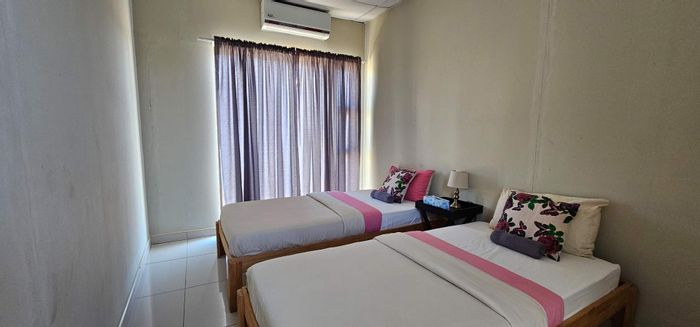Omaheke property guide
Omaheke at a glance
The name Omaheke is derived from the Herero word which means Sandveld, and a large part of the region is still classified as Sandveld. This region is situated in the eastern parts of the country and although it is a very large region, Omaheke does not have a very large population. The two keywords which best describe the region, are farms and wildlife. Gobabis, the capital of the region has got approximately 800 farms which is part of the reason that farming is a key industry to the economy of the region and country. Gobabis is the centre of this area and also its main business area, as it is linked with the capital of Namibia, Windhoek, by rail and the tarred B6 national road. This infrastructure serves as the main supply line for the region. All the other population centres in the region are linked with Gobabis by road. Many other services are rendered from Gobabis to the region, such as the Police Divisional Headquarters, which is situated in Gobabis. Clinics in the region are served by medical practitioners based in Gobabis, and there are two hospitals and a clinic serving the region. The agricultural patterns of this region are to a large extent homogenous. Most of the 900 commercial and 3,500 communal farmers in this area are cattle breeders. A regional office of the Ministry of Agriculture, serving the whole region, is based in Gobabis. Hunting, including trophy hunting, is one of the major sources of income for the region. This takes place mainly in the winter months, from June to August. During these months, tourists from the northern hemisphere can be seen in the area, enjoying the mild and dry winter climate and collecting trophies. Omaheke borders Botswana in the east (as well as three other Namibian regions, namely Hardap, Khomas, and Otjozondjupa), and its wide-open savannahs offer ideal game viewing opportunities. These opportunities have resulted in the many Game Farms in the area as well as safari operators which in turn have contributed to Namibia's growing tourism industry. It is also important to note that the region is also the hunting capital of the country. Many of the farms in the region are conservational, such as the Harnas Lion, Leopard, and Cheetah farm, which offers an educational, as well as exciting experience when visiting. The northeastern part of Omaheke is still largely wilderness and visitors often travel the long hard roads to spend nights in the open, surrounded by beautiful wild Kalahari scenes. One of the main tourist attractions in this area is the Cultural villages, especially for tourists who like to stop here on their way to the well-known Etosha National Park.











































